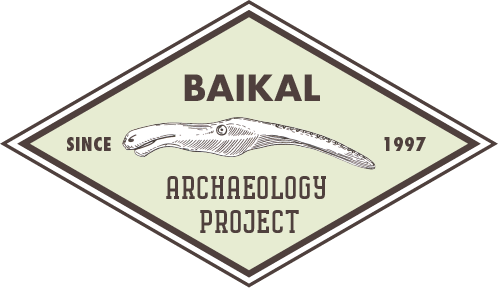This study presents the first radiocarbon-dated palynological record from a peat section (57°49′10.03″N; 114°03′31.37″E, 251 m above sea level) in the Mamakan area located in the lower Vitim River valley, about 350 km northeast of Lake Baikal. While the area is particularly renowned for its numerous multi-layered Upper Palaeolithic (ca. 50,000–14,000/10,000 cal yr BP) archaeological sites with rich cultural assemblages, there is also evidence for human occupation during the Mesolithic–Neolithic–Bronze Age period (ca. 14,000/10,000–3000 cal yr BP). However, the absence of accurately dated palaeoenvironmental records does not allow discussion of prehistoric human–environment interactions in this area. The records of pollen, spores and other non-pollen palynomorphs (NPPs) from the Mamakan site presented in this article document changes in the vegetation and climate of the study area between 6570 and 3630 cal yr BP. From 6570 to 6200 cal yr BP the vegetation around the site was dominated by sparse forests of mainly spruce and larch, indicating that the permafrost layer was located relatively close to the surface. Fir was part of the forest communities in habitats with a milder microclimate and a deeper permafrost layer. Around 6200 cal yr BP Scots pine started to spread across the study area. Until 4670 cal yr BP it dominated the pollen spectra of the Mamakan record, indicating warmer conditions. Climate cooling and higher soil moisture is indicated by the spread of Siberian pine and Siberian dwarf pine at the expense of Scots pine between 4670 and 3840 cal yr BP. From 3840 cal yr BP the Mamakan record suggests a landscape opening associated with the spread of Sphagnum-dominated bog vegetation and an increase in the occurrence of wildfires (3870–3820 cal yr BP), which were either natural in origin or caused by human activities. The spread of Scots pine paralleled by a decline in dark conifers (spruce and fir) and larch in the Lake Baikal Region (LBR) has been linked to a ‘hiatus’ in the Cis-Baikal archaeological records of the Middle Neolithic (6660–6060 cal yr BP). Around the Mamakan site this vegetation change occurred comparatively late, about 600 years later than in the regions around and east (e.g. Lake Baunt area) of Lake Baikal. The Mamakan pollen and NPP records, together with the available archaeological data, suggest that the environmental conditions in the lower Vitim River area may have sustained the hunter-gatherer lifestyle also during the ‘hiatus’ interval.


